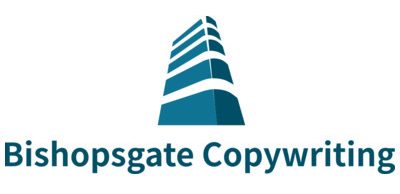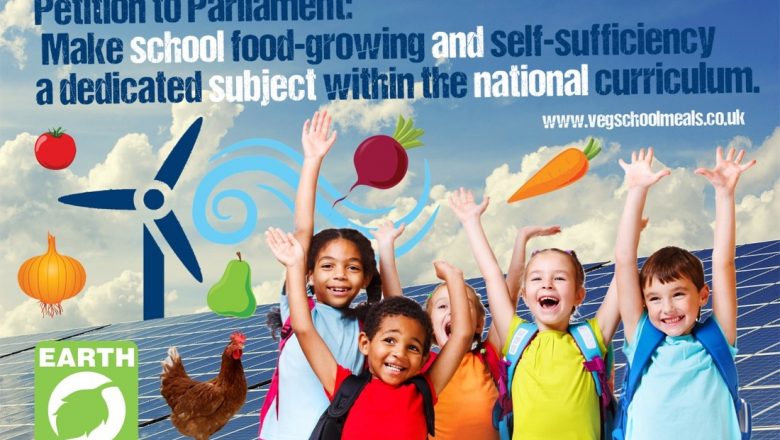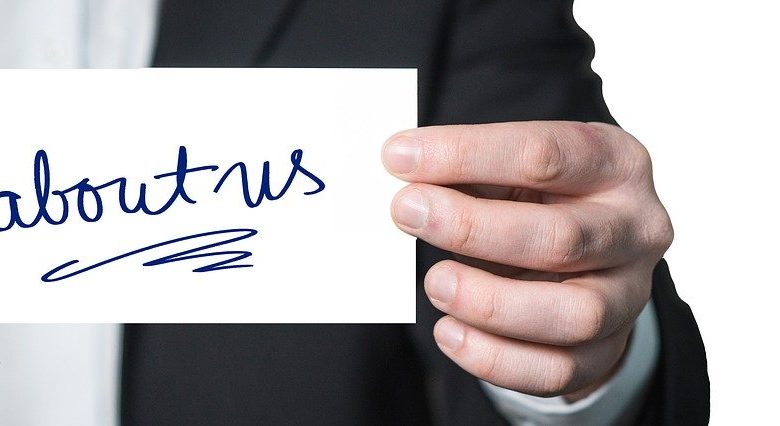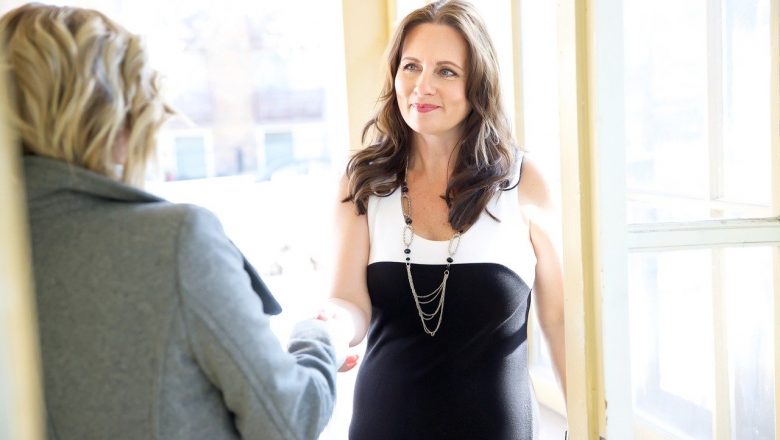Healthier School Meals for All Children: An Interview with Ian Dunn
Ian believes passionately that children should be eating healthier school meals. He’s the driving-force behind https://selfsufficientschools.co.uk/ and https://vegschoolmeals.co.uk/
I first came across the Self Sufficient Schools account on Twitter last year. It had a post asking people to sign a petition to make School Food-Growing & Self-Sufficiency a dedicated subject area of the UK National Curriculum. I was curious to find out more about this initiative, which was started by North London-based Ian Dunn, because it immediately struck me as a very good idea.
I still have fairly vivid memories of school food, which, back in the 1960s and 1970s, wasn’t very good at all. This was a salad-free era. I remember great big tubs of mashed potato and baked beans, toad-in-the-hole at least once a week, and always fried fish, or fish fingers, on Fridays. If we ever saw any green vegetables they’d usually been boiled to within an inch of their lives. Desserts were stodgy and unhealthy – treacle sponge or spotted dick – and nearly everything was served with custard. Fresh fruit was a rarity!










